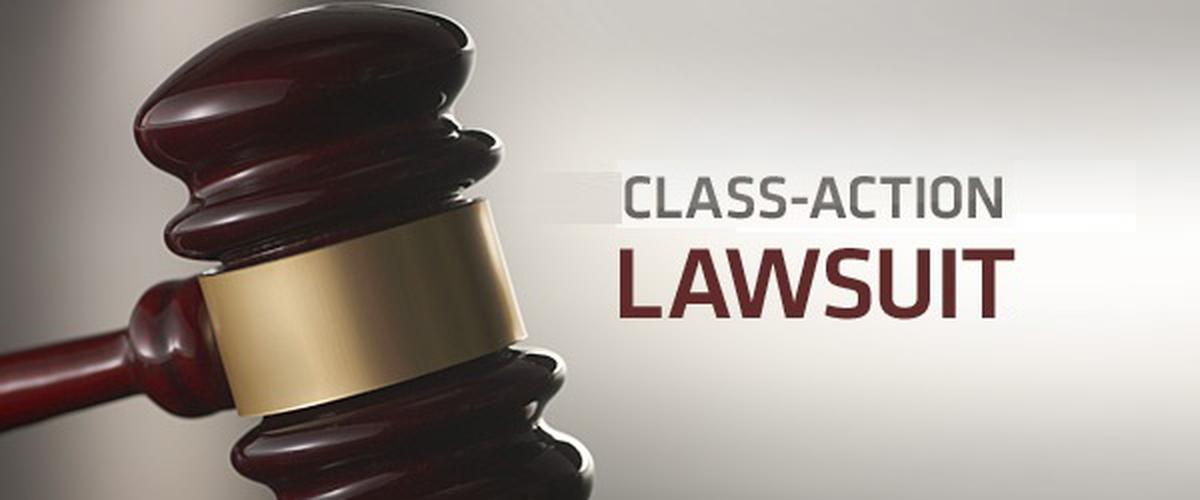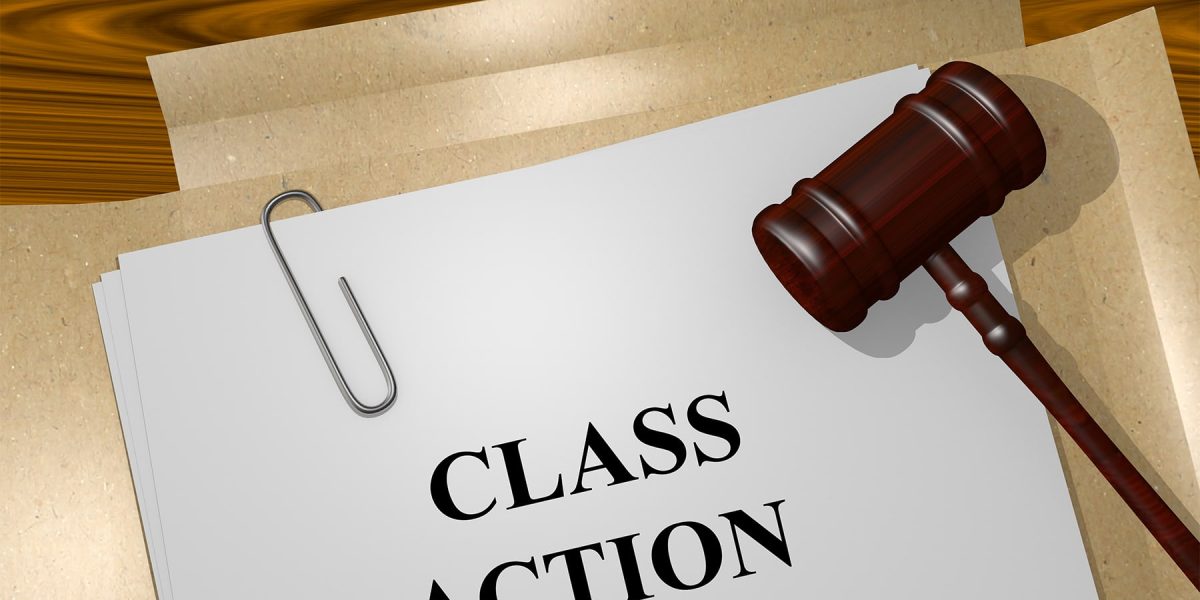Checking Out Class Action Lawsuits: What You Need to Know
Course activity legal actions have actually ended up being increasingly widespread in today's legal landscape, with people signing up with pressures to prosecute versus companies and companies. In this discussion, we will check out the ins and outs of class activity legal actions, clarifying their definition, the needs for filing, and the potential advantages and disadvantages entailed. Furthermore, we will certainly dive into the steps entailed in a class activity suit and analyze some current site cases that have actually shaped this area of legislation. Comprehending the complexities and subtleties of course activity suits is crucial for any person seeking justice in a cumulative fashion, so let's begin our expedition with each other.
The Meaning of Course Activity Lawsuits
Just what is the definition of a class action lawsuit? A class activity lawsuit is a lawsuit filed by a group of individuals that have comparable insurance claims against an accused. It enables a multitude of individuals, called the class participants, to join with each other and pursue their insurance claims jointly, instead of each individual filing a different claim. When the number of potential complainants is too huge for specific claims to be functional, Class activity suits are normally brought. They are generally used in cases entailing customer protection, product responsibility, protections scams, and work problems.
One of the crucial components of a class action lawsuit is that the lead plaintiff, also called the class representative, represents the rate of interests of all the course participants. The court appoints the lead complainant based on their capability to fairly and properly stand for the course. The lead complainant works very closely with the course activity attorney to look for and construct a solid case compensation or various other solutions on behalf of the entire class.
In order for a class action claim to proceed, the court must accredit the class. This means that the court establishes that the lawsuit fulfills certain requirements, such as numerosity (a huge adequate number of course members), commonality (common inquiries of legislation or reality), typicality (the cases of the lead plaintiff are regular of the class), and adequacy of representation (the lead plaintiff and course advise are qualified of representing the course's passions) As soon as the class is licensed, the legal action can relocate forward, and any kind of judgment or negotiation reached will relate to all course participants unless they choose to opt-out.
Class action claims offer a necessary objective in offering access to justice for individuals who may not have the sources to seek their cases independently. They additionally advertise effectiveness in the lawful system by combining comparable insurance claims right into a single activity, minimizing the burden on both the court and the events included.
Requirements for Submitting a Class Action Legal Action

An additional requirement is that the course has to be completely numerous. The exact number of course participants required might differ relying on the jurisdiction and the nature of the instance. It is generally expected that the class must be huge enough that signing up with all the private complainants right into a single suit is extra reliable than having numerous separate suits.
In addition, it is vital that the class rep, who is the specific or entity bringing the lawsuit in behalf of the course, has common cases and defenses to those of the course participants. The rep should likewise have the ability to sufficiently and rather represent the interests of the entire course.

Benefits and Downsides of Class Activity Suits
Course action suits offer both advantages and disadvantages for complainants and accuseds entailed in the lawful process. On the one hand, among the substantial advantages of course action claims is that they give a efficient and affordable means for individuals with comparable claims to go after justice jointly. By combining various comparable situations into one claim, course activities simplify the legal process and save time and sources for both offenders and plaintiffs.
Another advantage of class activity lawsuits is that they permit individuals with restricted sources to seek compensation for their damages. In cases where the possible recuperation is little, individual lawsuits might not be financially practical. By signing up with pressures in a class action, plaintiffs can pool their sources and enhance their chances of getting a reasonable resolution.
Furthermore, class activities can advertise social adjustment by holding companies accountable for their actions. By bringing interest to prevalent misbehavior or faulty products, class actions can pressure firms to transform their practices, improve product security, or execute reforms.
Nonetheless, class actions additionally have disadvantages. One potential negative i loved this aspect is that specific plaintiffs may have limited control over the litigation procedure and the ultimate outcome of the situation. The lead plaintiffs and their lawyers typically make crucial choices in support of the whole class, which might not always align with the individual interests of each class member.
Additionally, course activities can be prolonged and taxing, typically taking years to reach a resolution. The intricacy and dimension of these lawsuits can result in delays and long term litigation, which can be irritating for both offenders and complainants looking for a prompt resolution.
Steps Associated With a Class Action Suit
The process of a class activity lawsuit usually begins with the identification of a potential course and the filing of an issue. As soon as a team of people who share comparable insurance claims versus an offender is determined, the lead plaintiff, or class representative, files a complaint on behalf of the entire class. This problem details the supposed wrongdoing and looks for problems or other relief for all participants of the course.
After the grievance is filed, the court will establish whether the instance satisfies the needs for class certification. These demands generally include numerosity (a big sufficient course), commonness (comparable legal insurance claims), typicality (the lead complainant's cases are representative of the course), and adequacy of depiction (the lead complainant and their lawyer can properly represent the course's passions)
If the court accredits the course, notification is offered to all possible course participants, providing the opportunity to opt-out if they desire to pursue their own individual cases - Archer-Daniels-Midland class action lawsuit. If an enough number of course participants remain, the instance will certainly proceed to the exploration stage, where both sides gather evidence and details relevant to the insurance claims
Complying with discovery, the events may take part in negotiation negotiations or proceed to trial. If the case mosts likely to trial and the class prevails, the court will determine the proper damages or relief to be granted to the class members.
Recent Spots Course Action Legal Actions
With a strong understanding of the actions associated with a course activity suit, it is currently important to examine some recent landmark cases that have actually made a significant influence in the legal landscape. Assertio class action lawsuit. These instances have not just shaped the means class activity legal actions are conducted yet have likewise caused modifications in numerous industries
One such landmark instance is the Volkswagen exhausts detraction, which led to the largest Website course activity negotiation in automobile history. In 2015, it was revealed that Volkswagen had actually mounted software in their cars to cheat emissions tests. This deceptiveness impacted countless consumers worldwide, causing a class action legal action. The negotiation reached in 2016 amounted to roughly $15 billion, making up damaged cars and truck owners and enforcing fines on Volkswagen.
An additional noteworthy instance is the Johnson & Johnson talcum powder lawsuit. Thousands of females filed lawsuits against the business, claiming that their talcum powder items caused ovarian cancer cells.
These recent spots situations show the power of class action legal actions in holding corporations answerable for their activities and seeking justice for afflicted individuals. They act as read what he said examples of how course action lawsuits can produce considerable modifications and shield the rights of consumers.
Verdict
In conclusion, course action lawsuits are a legal mechanism that permits a group of individuals to jointly seek justice for an usual complaint. While they use numerous advantages such as performance and cost-effectiveness, there are additionally drawbacks such as potential for minimal settlement and extensive legal procedures. Comprehending the requirements and steps associated with submitting a class activity lawsuit is essential for people seeking to pursue this lawful avenue. Recent spots course activity suits have highlighted the significance of such situations in advocating for customer rights and business responsibility.
One of the key components of a course activity claim is that the lead plaintiff, also understood as the course agent, stands for the interests of all the class participants.In order for a course activity suit to proceed, the court must accredit the course. This indicates that the court establishes that the legal action satisfies certain needs, such as numerosity (a big enough number of course members), commonness (typical concerns of legislation or fact), typicality (the cases of the lead plaintiff are regular of the class), and adequacy of depiction (the lead complainant and class advice are capable of representing the course's rate of interests) Once the course is accredited, the suit can move onward, and any type of judgment or settlement reached will apply to all class members unless they choose to opt-out.
The process of a class action claim typically starts with the recognition of a potential course and the declaring of a complaint.